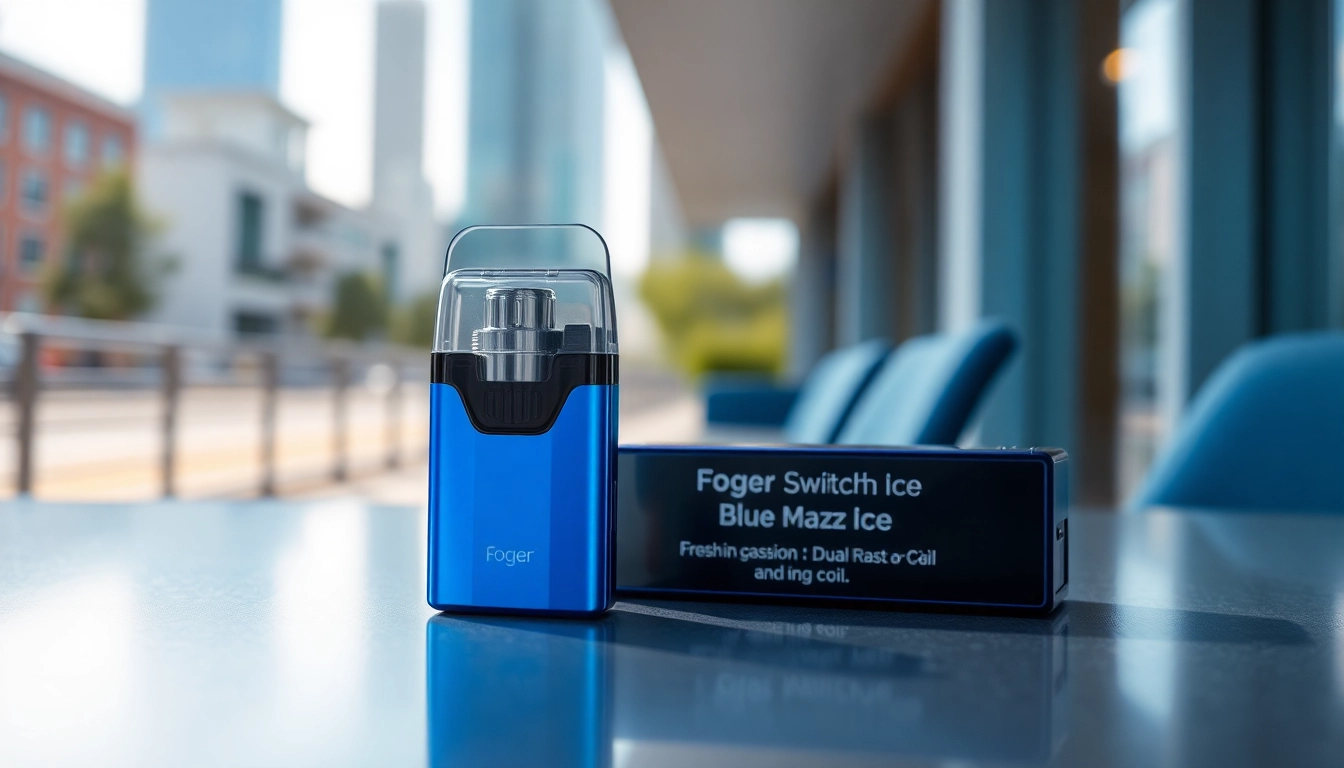Understanding Thermal Management Materials
In an era where electronic devices are ubiquitous and increasingly compact, the importance of effective thermal management materials cannot be overstated. These materials are vital for managing heat generated by electronic components, thereby enhancing performance and longevity. Essentially, thermal management materials help to dissipate heat efficiently, preventing overheating and maintaining the functionality of devices. Whether used in computers, smartphones, or electric vehicles, these materials are crucial in ensuring optimal performance under varying conditions. For an in-depth exploration of thermal management materials, let’s delve deeper into their types, applications, and importance.
What are Thermal Management Materials?
Thermal management materials are specially designed substances that facilitate heat transfer away from sensitive components in electronic devices. In essence, they fill the microscopic air gaps between components and their corresponding heat sinks or chassis surfaces to ensure efficient heat conduction. The effectiveness of these materials in managing heat is critical; thus, their thermal conductivity, thermal resistance, and other physical properties are paramount considerations in their selection.
Types and Applications of Thermal Materials
There are several types of thermal management materials, each designed for specific applications. Here are some of the most common:
- Thermal Interface Materials (TIMs): These materials fill the spaces between hot components and heat sinks to improve thermal transfer. TIMs can be in the form of gels, pastes, or pads, each suited to different configurations and requirements.
- Phase Change Materials (PCMs): These materials absorb and release heat as they change states, thereby maintaining a consistent temperature range. PCMs are widely used in applications where temperature fluctuations need to be minimized.
- Gap Fillers: Typically used in situations where space is limited, gap fillers are soft, conformable materials that fill the air gaps between components, improving thermal contact and overall heat dissipation.
- Thermal Adhesives: These provide both bonding and heat management. They are crucial in applications where assembling components requires both secure attachment and effective thermal management.
Importance of Effective Heat Dissipation
Effective heat dissipation is critical for the performance and lifespan of electronic devices. Excess heat can lead to performance degradation, reduced efficiency, and even complete failure of electronic components. By utilizing high-quality thermal management materials, manufacturers can ensure that their products operate within safe thermal limits, enhancing reliability and performance. Furthermore, proper thermal management can help reduce energy consumption, leading to longer battery life in portable devices and lower cooling costs in larger systems.
Key Components of Thermal Management Solutions
Thermal Interface Materials (TIM)
Thermal Interface Materials are among the most crucial components in any thermal management strategy. Available in various forms—including greases, pads, and liquid compounds—TIMs are designed to minimize thermal resistance. When selecting TIMs, one must consider factors such as thermal conductivity, viscosity, application method, and operating temperature range. For instance, thermal greases, which are often used in CPU applications, have high thermal conductivity but require careful application to ensure optimal contact.
Phase Change Materials
Phase Change Materials shift between solid and liquid states at certain temperatures, enabling them to absorb or release heat as needed. This ability makes them particularly useful in high-density electronic applications where managing fluctuating heat loads is crucial. For example, PCMs are frequently employed in smartphones and laptops, helping to keep temperatures stable while maintaining device performance during heavy use.
Gap Fillers and Adhesives
Gap fillers are designed to be soft and softening, allowing them to fill voids while conducting heat away from hot components. Their conformable nature enables optimal thermal contact even in uneven surfaces. Similarly, thermal adhesives combine the properties of bonding and thermal management, making them ideal for permanent applications where mechanical attachment and heat dissipation are required. These materials are especially popular in power electronics and LED applications.
Choosing the Right Thermal Management Materials
Factors to Consider in Material Selection
Selecting the right thermal management material involves considering several critical factors:
- Thermal Conductivity: Higher thermal conductivity generally indicates better heat dissipation. Material choice should be based on the thermal load and desired thermal performance.
- Mechanical Properties: Assess compatibility with the physical stresses of the application, including flexural, tensile strength, and compression limits.
- Environmental Stability: The material should withstand operational environments, including temperature extremes, moisture, and potential exposure to chemicals.
- Application Method: Consider whether the material can be easily applied in the manufacturing process, as well as any curing processes required.
Performance Metrics for Evaluation
Performance metrics help in assessing the effectiveness of thermal management materials. Key metrics include:
- Thermal Conductivity (W/mK): Measures how well a material conducts heat.
- Thermal Resistance (°C/W): Indicates the resistance to heat flow; lower values are preferable.
- Compressibility: Determines how well the material can conform to surfaces, affecting contact area and, subsequently, thermal performance.
- Operating Temperature Range: Defines the range of temperatures within which the material performs effectively.
Best Practices for Implementation
To achieve optimal thermal performance, several best practices should be followed during the implementation of thermal management materials:
- Surface Preparation: Clean and preprocess surfaces to ensure maximum contact area and adhesion.
- Application Thickness: Follow manufacturer recommendations for layer thickness to avoid excess resistance that can cause overheating.
- Testing: Conduct thermal testing post-implementation to verify the effectiveness of the selected materials.
Industry Standards and Regulations
Compliance and Testing Standards
In the manufacturing process of thermal management materials, compliance with industry standards is critical. Various organizations set standards, including ISO and ASTM, that outline permissible material properties and testing procedures. Compliance ensures that products are reliable, safe, and effective for their designated applications. For instance, UL certifications may be necessary for materials used in consumer electronics to assure safety.
Impact on Product Quality and Longevity
The choice and implementation of effective thermal management materials directly correlate with product quality and longevity. High-quality materials can significantly extend the operational life of electronic devices by mitigating overheating. For example, electronics with effective thermal materials tend to have lower failure rates and higher customer satisfaction, leading to decreased warranty costs for manufacturers.
Future Trends in Thermal Management
As technology continues to evolve, so do thermal management solutions. Future trends suggest a growing emphasis on sustainability and efficiency. Innovations such as bio-based thermal materials and advanced composites are gaining traction, as are solutions that integrate sensing capabilities to monitor and adapt thermal performance in real time. Additionally, with the push towards miniaturization in electronics, more efficient thermal management materials that occupy less space while providing superior performance will become critical.
Case Studies: Successful Thermal Management Applications
Electronics and Consumer Devices
Many consumer electronics, such as smartphones and tablet PCs, utilize state-of-the-art thermal management materials. For instance, Apple Inc. has achieved remarkable success in thermal management in their devices by employing thermal interface materials that optimally connect processors to heat sinks, thereby ensuring the devices function efficiently without overheating during high-performance tasks.
Automotive and Aerospace Industries
In the automotive sector, effective thermal management materials are essential for electric vehicles (EVs) where battery temperature control is vital. Companies like Tesla have adopted phase change materials in their battery packs to manage heat under various operating conditions efficiently. Similarly, in aerospace, reducing heat in avionics systems through innovative thermal management materials ensures reliability and safety.
Emerging Applications in Renewable Energy
The renewable energy sector increasingly relies on advanced thermal management solutions. Solar inverters and battery management systems are critical to energy conversion and storage, where thermal management materials ensure optimal performance and longevity. Utilizing effective thermal interface materials in these systems improves efficiency, leading to enhanced energy output and overall system reliability.














Leave a Reply